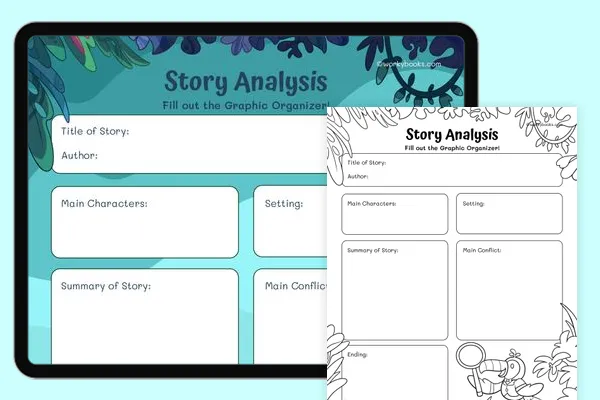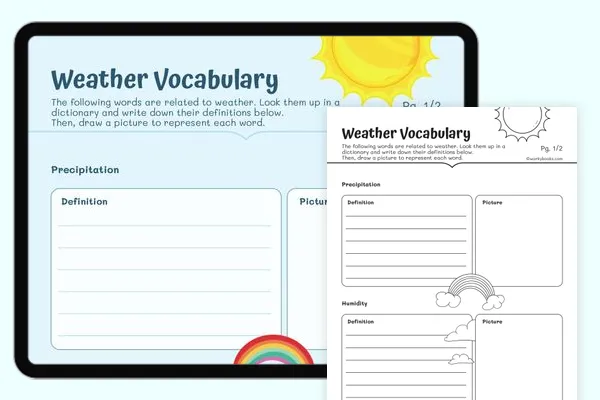Monty the Moose — Reading Comprehension
Grades
- 1
- 2
- 3
- 4
- 5
Standards
- RL.3.1
- RL.3.3
- RF.3.4.C
- L.3.4.A
- RF.3.4
- RF.3.4.A
- RL.3.10
- RL.2.10
- RI.2.1
- RF.2.4
- RF.2.4.A
PRINT+DIGITAL RESOURCE
This learning resource is available in interactive and printable formats. The interactive worksheet can be played online and assigned to students. The Printable PDF version can be downloaded and printed for completion by hand.
About This Reader
This short story is a great way for early readers to practice their comprehension skills. Students will read the passage about a beach day then answer questions about the story, including questions about the story's setting.
Perfect For:
👩🏫 Teachers
- • Reading comprehension practice
- • Auto-graded assessments
- • Literacy skill development
👨👩👧👦 Parents
- • Reading practice at home
- • Comprehension improvement
- • Educational reading time
🏠 Homeschoolers
- • Reading curriculum support
- • Independent reading practice
- • Progress monitoring
Reading Features:
📖
Reading Passage
Engaging fiction or nonfiction text
❓
Comprehension Quiz
Auto-graded questions
📊
Instant Feedback
Immediate results and scoring
📄
Printable Version
Download for offline reading
🔊
Read Aloud
Voice-over with word highlighting























